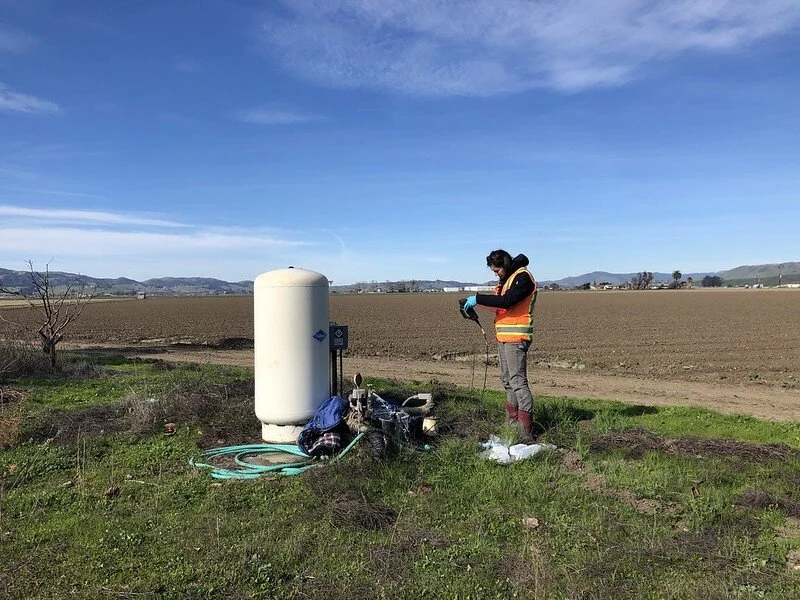Water Providers and Systems
The world of California water providers and water systems is complex, but there are basics you should know. This includes Maximum Contaminant Levels for drinking water contaminants, the differences between common water systems, and the differences between public providers and private providers. Read the descriptions below and click on a section to learn more.
The United States Environmental Protection Agency or California State Water Resources Control Board are required by law to establish drinking water standards called Maximum Contaminant Levels for every potential drinking water contaminant. An MCL is the highest level of a contaminant that is allowed in drinking water, and is legally enforceable.
State small water systems and domestic well owners have few or no legal requirements to follow when it comes to drinking water testing and monitoring. Despite the lack of legal requirements, it is important that both state small water systems and domestic well owners still conduct regular testing to make sure that users are drinking safe water. Learn more about testing options for your system, as well as short term and long term solutions for drinking water issues, like contaminated water or loss of water supplies.
A water provider or supplier is simply a group that provides water to people. Private providers include both investor-owned utilities, which are regulated by the California Public Utilities Commission, and mutual water companies, which have no main regulating authority. However, California laws still apply to water providers, even if there is no state agency to regulate them.
A water provider (also called a water supplier) is simply a group that provides water to people. Public providers include cities, counties, and special districts (water district, community services district), and are regulated by the California State Water Resources Control Board.
Public water system is an umbrella term for several subtypes of water systems that are heavily regulated by the State Water Resources Control Board. The subtypes are based on the number of consumers they provide water to and whether those consumers are the same throughout the year. They have many legal requirements, including but not limited to monitoring their drinking water sources, monitoring their physical water distribution system, and to notifying customers when there are drinking water violations.





